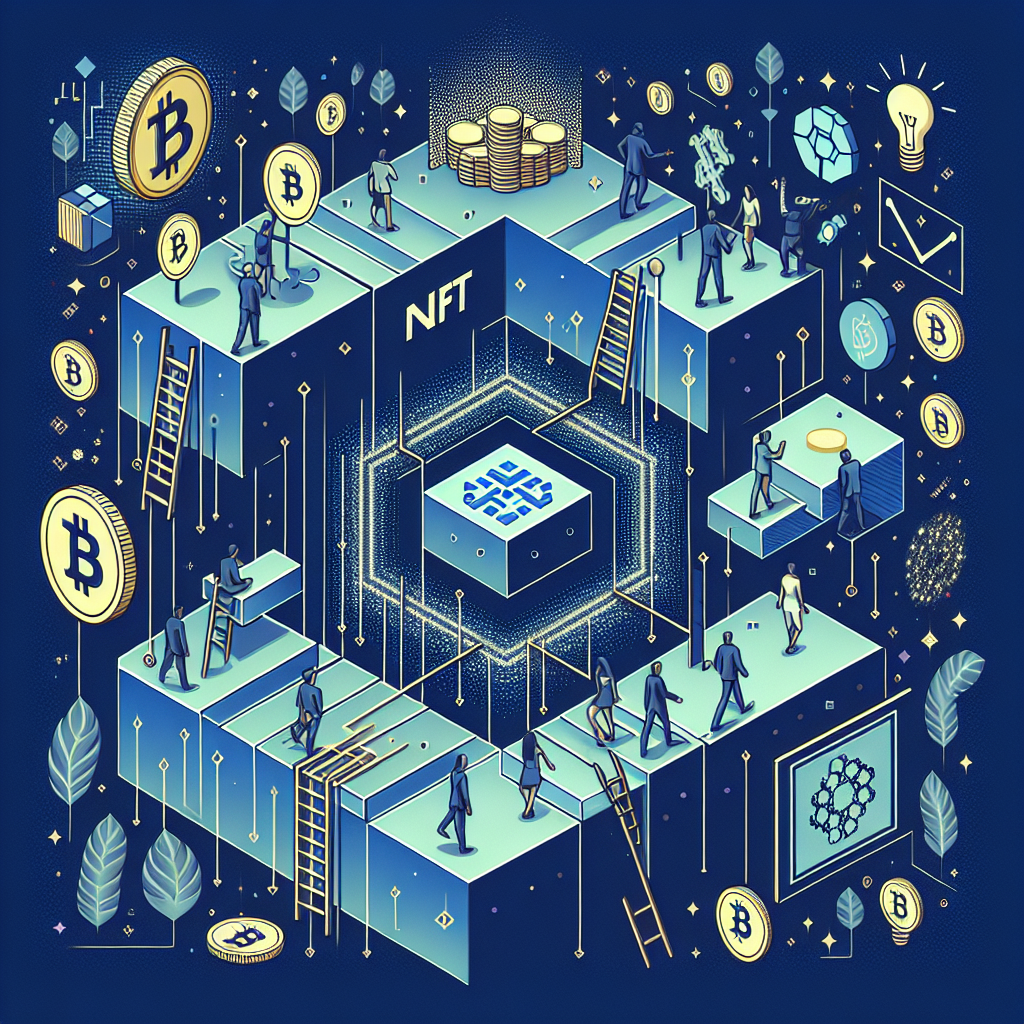NFTs have revolutionized the way blockchain startups raise money for their projects. By selling unique digital assets to supporters, NFT fundraising goes beyond traditional methods and offers a more engaging and exclusive experience. In this article, we’ll explore how NFT fundraising works, why it’s different from traditional methods, and how an Ethereum Layer 2 project successfully raised $22 million using NFTs.
### Overview of NFT Fundraising
NFT fundraising allows blockchain startups to sell one-of-a-kind digital assets to their community. These assets can represent special access, collectibles, membership perks, or governance rights. Compared to traditional fundraising, NFTs help build stronger bonds with the community, tap into the power of digital collectibles, and bring in funds without giving away equity.
### Understanding the Basics of NFT-Based Fundraising
In the past, Initial Coin Offerings (ICOs) were popular for fundraising in the crypto space. However, NFT drops focus on the unique qualities of each token, appealing to collectors and fans rather than speculators. NFT fundraising can also bypass some regulatory hurdles, making it a more versatile option for startups.
### Before Launching Your NFT Fundraise
Before diving into NFT fundraising, it’s crucial to plan your NFT concept and utility. Consider the special benefits your NFTs will provide and how they align with your project’s roadmap. Understanding local regulations early on is also essential to ensure compliance with laws around KYC, AML, and securities rules.
### The Case Study: Ethereum Layer 2 Raises $22 Million Through NFTs
SOON, an Ethereum Layer 2 project, raised $22 million through an NFT collection called “COMMing SOON.” These NFTs provided early stake in the project, offering equal deal terms to all buyers and connecting to SOON’s broader tokenomics. By combining NFT excitement with a fair distribution model, SOON’s NFT sale was a massive success.
### Step-by-Step Guide to Launching Your NFT Fundraiser
1. Plan your NFT concept and utility.
2. Develop and audit smart contracts.
3. Market and engage with the community.
4. Execute the NFT sale or drop.
5. Maintain post-sale engagement and growth.
### Potential Challenges and How to Address Them
Cryptocurrency price fluctuations and NFT competition are common challenges in NFT fundraising. To address these, consider pricing in stablecoins, offering flexible sale models, providing real utility, and maintaining consistent engagement with your community.
### Future Outlook: NFTs as a Sustainable Funding Model
Fractional NFTs, dynamic NFTs, and DAO-based models are emerging trends in NFT fundraising, offering new ways to crowdfund. NFTs can also be used as collateral in DeFi to earn staking rewards, adding value beyond the initial sale.
### Final Thoughts
NFT fundraising offers a unique and engaging way for blockchain startups to raise funds and build a loyal community. By following a strategic roadmap, securing smart contracts, marketing effectively, and offering real value, your NFT fundraiser can be a success. Embrace the innovative possibilities of NFTs and welcome to a bold new era of blockchain innovation!

